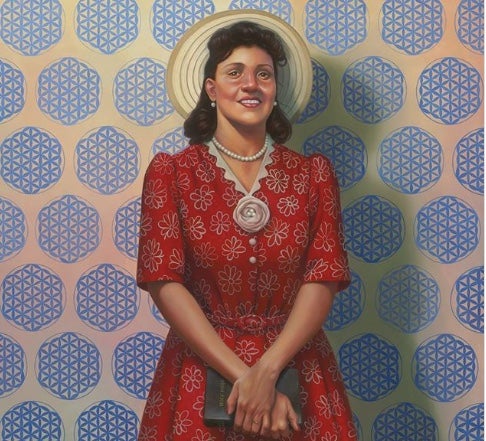
The Smithsonian announced that it had acquired a portrait of Henrietta Lacks, the black woman whose cells—the famous HeLa cells—were used to conduct years of scientific research and breakthroughs.
The portrait, painted by Kadir Nelson, was acquired by both the Smithsonian’s National Portrait Gallery and National Museum of African American History and Culture. Though the portrait will be shown by both museums, the piece will first be featured at the National Portrait Gallery from May 15 through Nov. 4, the Smithsonian said in a press release.
“It is fitting that Henrietta Lacks be honored at two Smithsonian museums, as each approaches American history from unique and complementary perspectives,” said Kim Sajet, director of the National Portrait Gallery. “Lacks’ story presents moral and philosophical questions around issues of consent, racial inequalities, the role of women, medical research and privacy laws, providing rich platforms for historical understanding and public dialogue.”
The portrait was commissioned by HBO during the production of its 2017 film about Lacks’ life, “The Immortal Life of Henrietta Lacks.” The film is based on a nonfiction book by Rebecca Skloot.
“The National Museum of African American History and Culture has always felt that the story of Henrietta Lacks is a significant and important moment that deserved greater recognition,” said Lonnie Bunch, director of the museum.
According to Culture Type, Nelson—the portrait’s Los Angeles-based artist—has made portraits of Martin Luther King Jr., and Nelson Mandela for The New Yorker magazine. And his portrait of Shirley Chisholm is in the collection of the U.S. House of Representatives.
Henrietta Lacks died in 1951 at the age of 31 after a battle with cancer. Her cells, which were illegally harvested and used in studies, led to numerous medical finds. Lacks was never named or credited. The cells have become the most widely used human cells in scientific research.